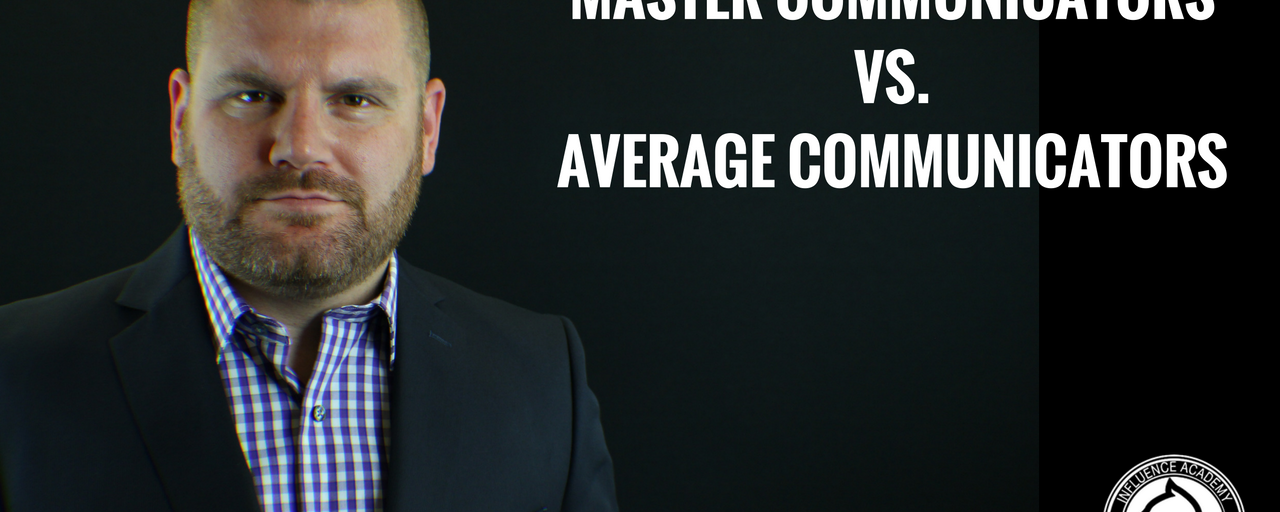 I love to read. You might even say I'm a book junkie.
I love to read. You might even say I'm a book junkie.
Well let me correct that. I love to read stuff that's interesting to me.
Stuff like fiction, love stories and most magazines don't fit into this category (for me anyway).
But reading material that shows you how to achieve a specific result? I'm on board. Especially when that result involves MONEY.
Yes, I have no shame in saying it. I love money.
I love learning how the energy of money works. I love learning what NOT to do if I actually want money to flow freely and easily to me. I love learning how other people made their fortunes.
And most of all I love learning how I can make more and more of it.
This may should shallow or greedy to you. And that's fine. Everyone's entitled to their own opinion.
But here's the thing. Tp be truly free on this earth, you need it.
And money in and of itself is nothing but energy.
And because it is energy it's actually naturally abundant just like everything else in this world.
The same way that the air you breath doesn't suddenly become scarce and comes to you easily and naturally, so can money.
The problem is the emotional attachments that most people (including me at one time in my life) have about money and what it means to us.
And what it means to most people is really just a bunch of B.S. that was shoved down our throats from childhood.
The paper currency as we know it which represents money is just that. It's merely paper that represents the energy of money.Most people however believe that money is this giant set amount of paper that is floating around the world which is extremely limited.
We also believe that money (by nature) is hard to get a hold of.
This thought process makes sense because it supports the initial one of money being scarce and limited.
Makes sense right? I mean most things that are scarce and limited are usually difficult to get a hold of.
This is why most people will tell you that the only way you can attain money in large amounts is to work hard.
Bust your ass.
Grind.
Hustle.
Pay you dues.
I've heard all this before. In fact, I've even heard it from people who've done nothing of the sort to amass their fortunes.
So why do they say it?
Because it sounds like the right thing to say. And it feels good.
People constantly tell themselves stories about everything in life.
This has to do with the mind's need to constantly make sense of things.
It's natural for people to tell themselves (and then others) stories about how they worked hard, planned strategically, took calculated risks, invested blood, sweat and tears and all that fun stuff to become rich because it's simply a good story to tell.
But the truth is I know PLENTY of people who did none of that stuff (in fact, they aren't even capable of thinking of half that stuff let alone doing it) and still became wealthy.
Now don't get me wrong.
I'm not saying that there aren't people who have done all that stuff and became wealthy as a result. What I'm saying is that it's not necessarily necessary (if that makes sense).
The fastest and most effective ways that I know of to get money are to:
1.) Change your entire thought process about it
2.) Take massive action to attain it
For some people number is harder than number two.
For some people the opposite is true.
For others, neither is a realistic option.
Sadly, there's probably no hope for them (in getting rich that is).
So what about you?
Do you want to learn the "secrets" to attaining massive wealth?
Well as much as I would love to tell you I'm the guy who can show you how the truth is there are people out there far more qualified than me to teach you.
Remember earlier when I said I was a book junkie?
Well there's one book that served as my "drug of choice" when it comes to money.
Just so you know. I don't get one red cent from promoting this book.
I have no relationship to the author or publisher.
I just really like the book because it helped me a lot and I think it can help you too.
You can grab the Kindle edition on Amazon for less than 10 bucks.
Hope it helps.






